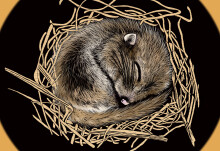

Sleepy head
Getting ready for bed controlled by specific brain wiring in mice
Researchers have discovered the brain pathways involved in ‘sleep preparatory behaviour’ in mice, which is likely to also apply to humans.



Getting ready for bed controlled by specific brain wiring in mice
Researchers have discovered the brain pathways involved in ‘sleep preparatory behaviour’ in mice, which is likely to also apply to humans.
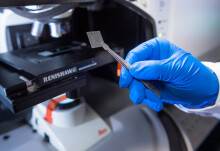

Cheap and efficient catalyst could boost renewable energy storage
Storing renewable energy as hydrogen could soon become much easier thanks to a new catalyst based on single atoms of platinum.
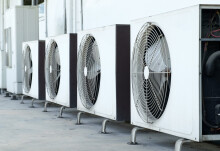

London has the fastest increase in cooling demand in the world, shows new model
A model to map energy demand down to street level shows cooling demand in the capital grew by 5% per year between 1980 and 2022 as summers heat up.
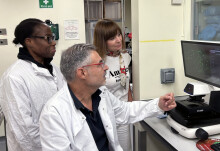

Tracking malaria parasite growth in mosquitoes may lead to new preventatives
Researchers at Imperial College London have devised a way to concurrently track the function of thousands of malaria parasite genes within mosquitoes.
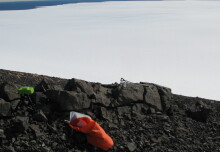

Smart materials and Pine Island puzzles: News from the College
Here’s a batch of fresh news and announcements from across Imperial.
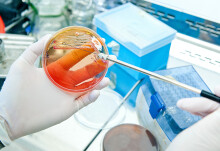

Antibiotics promote the growth of antibiotic-resistant bacteria in the gut
Antibiotic-resistant bacteria get extra nutrients and thrive when the drugs kill ‘good’ bacteria in the gut.
 2
2
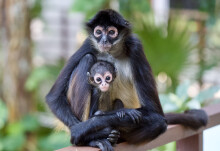

AI-enhanced audio monitoring shows where monkeys won’t go
By monitoring the calls of spider monkeys, researchers have shown what level of human activity they will tolerate, helping guide conservation.


Video
Podcast: Childhood illness, planetary protection, and sustainable finance
In this edition: A better test for diagnosing childhood illness, improving planetary protection and financing sustainability.
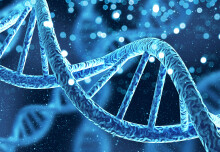

Autoimmune diseases and twisting lights: News from the College
Here’s a batch of fresh news and announcements from across Imperial.
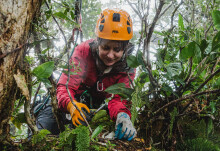

Soils forming on the branches of trees are an overlooked forest habitat
A study on ‘canopy soils’ on old trees in Costa Rica shows they are important habitats and carbon stores that cannot easily be replaced.